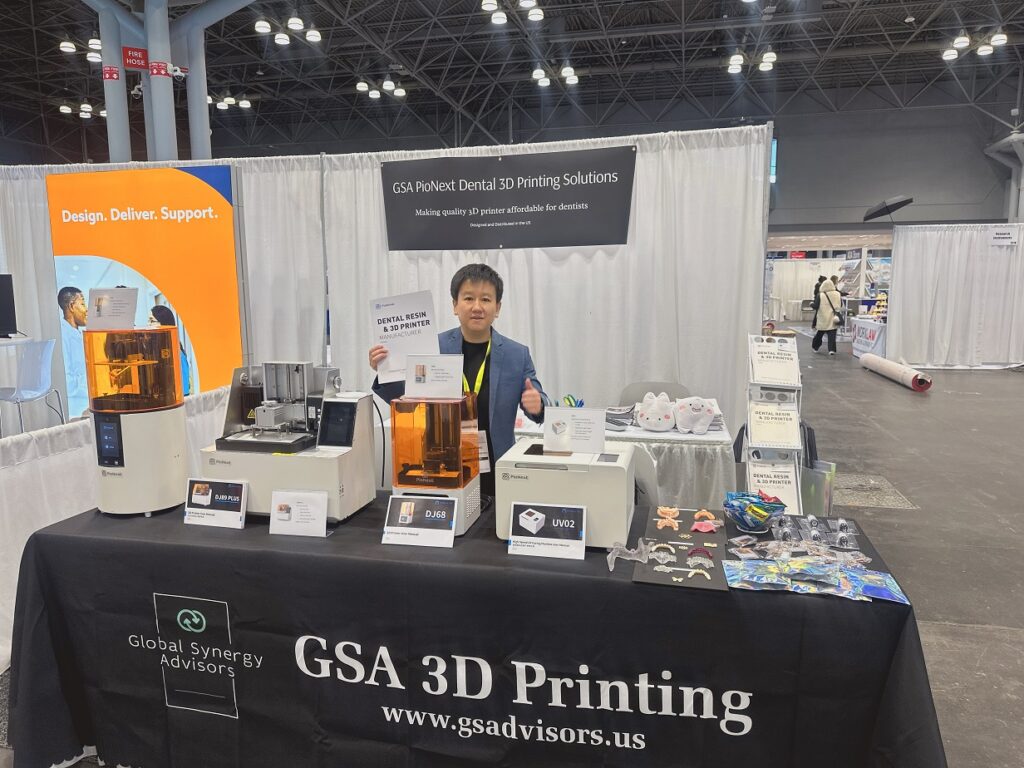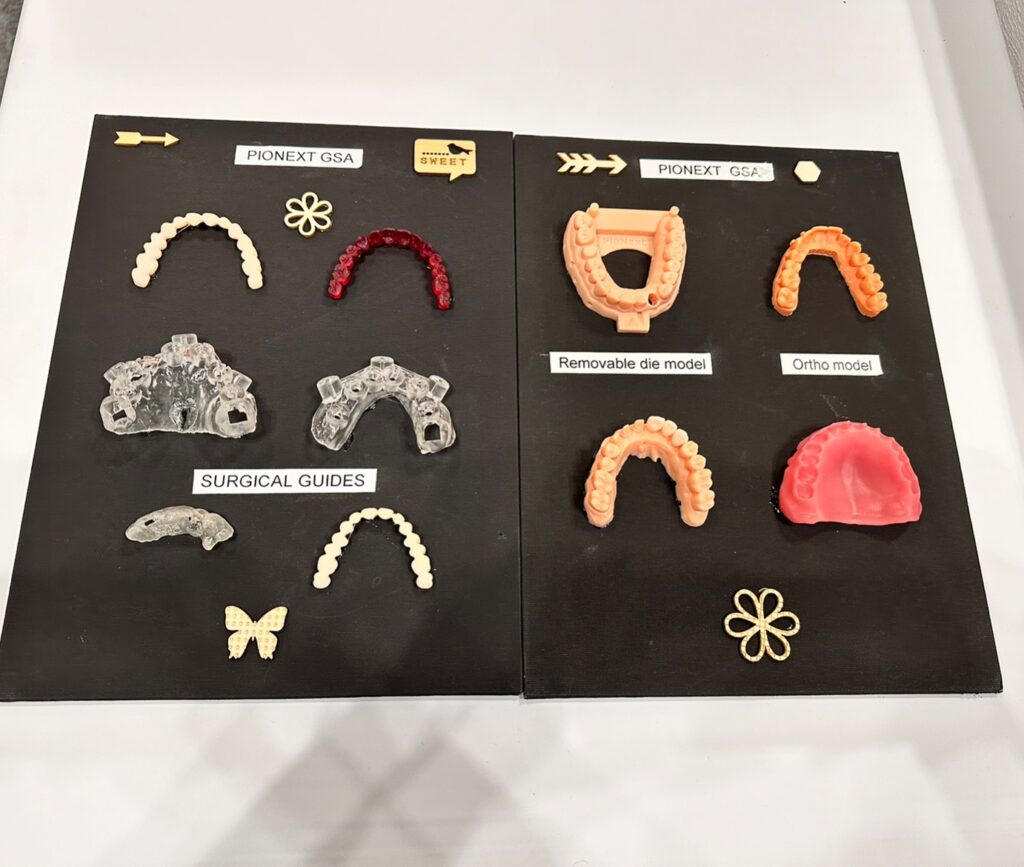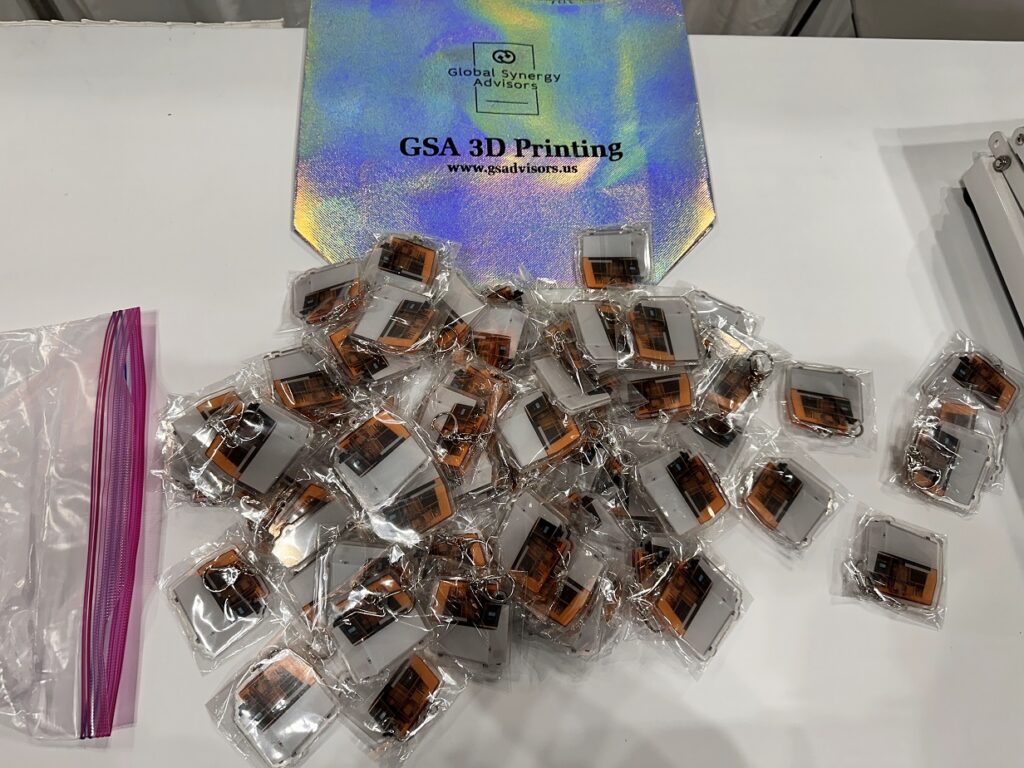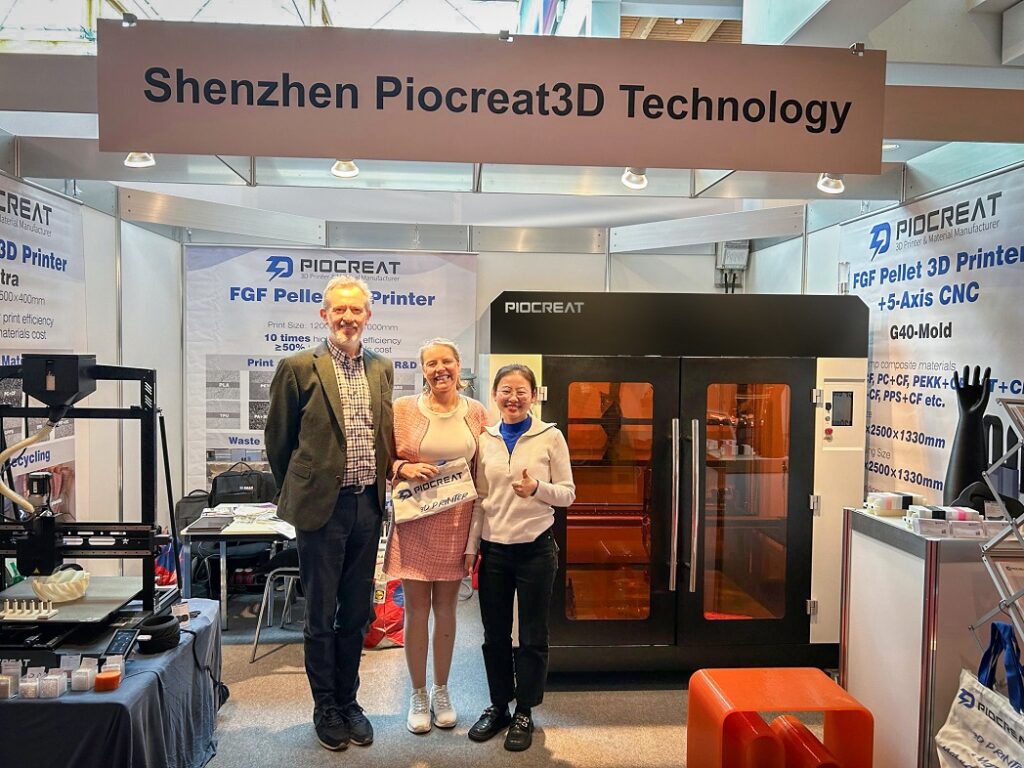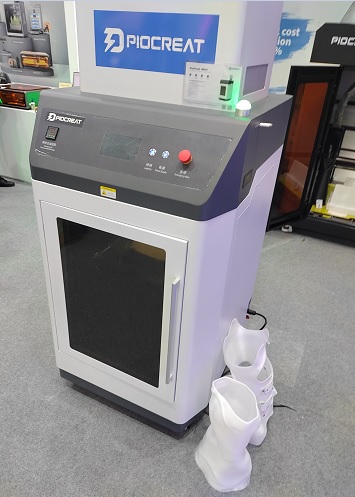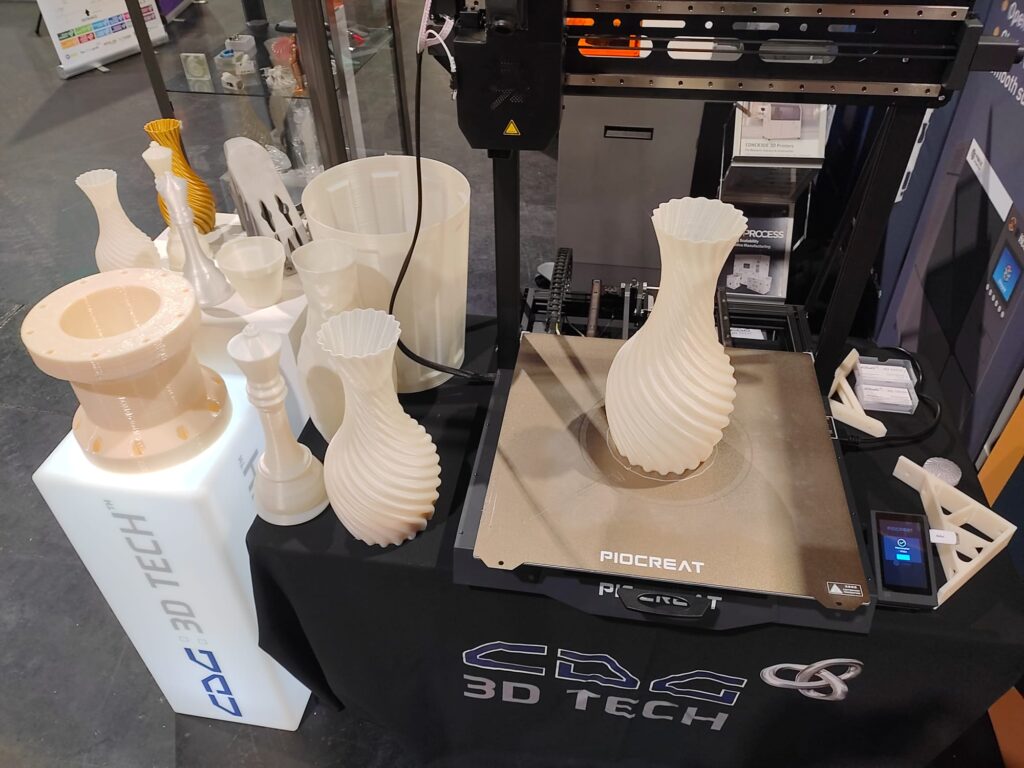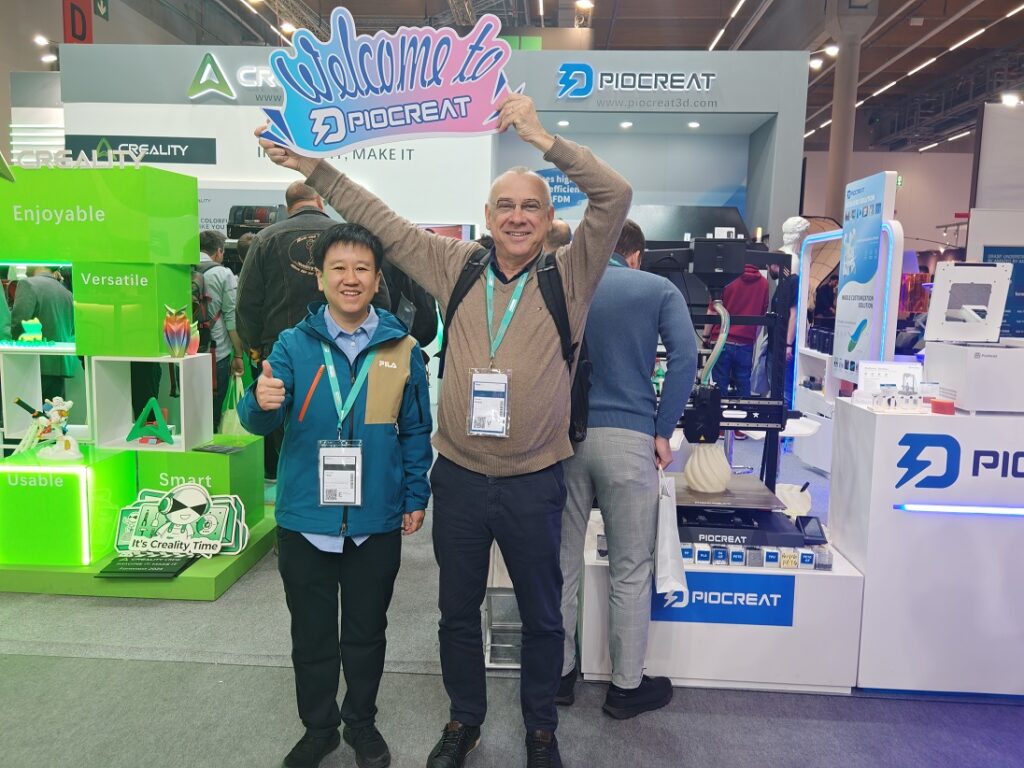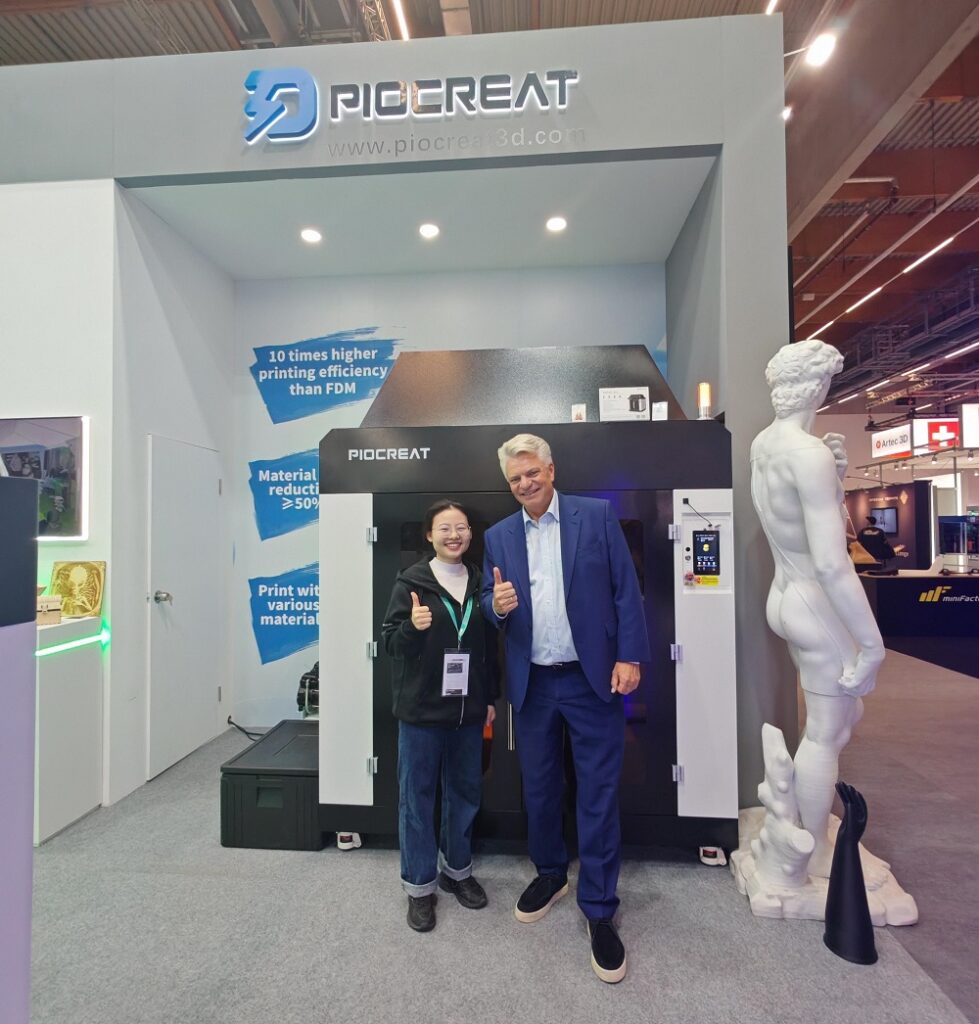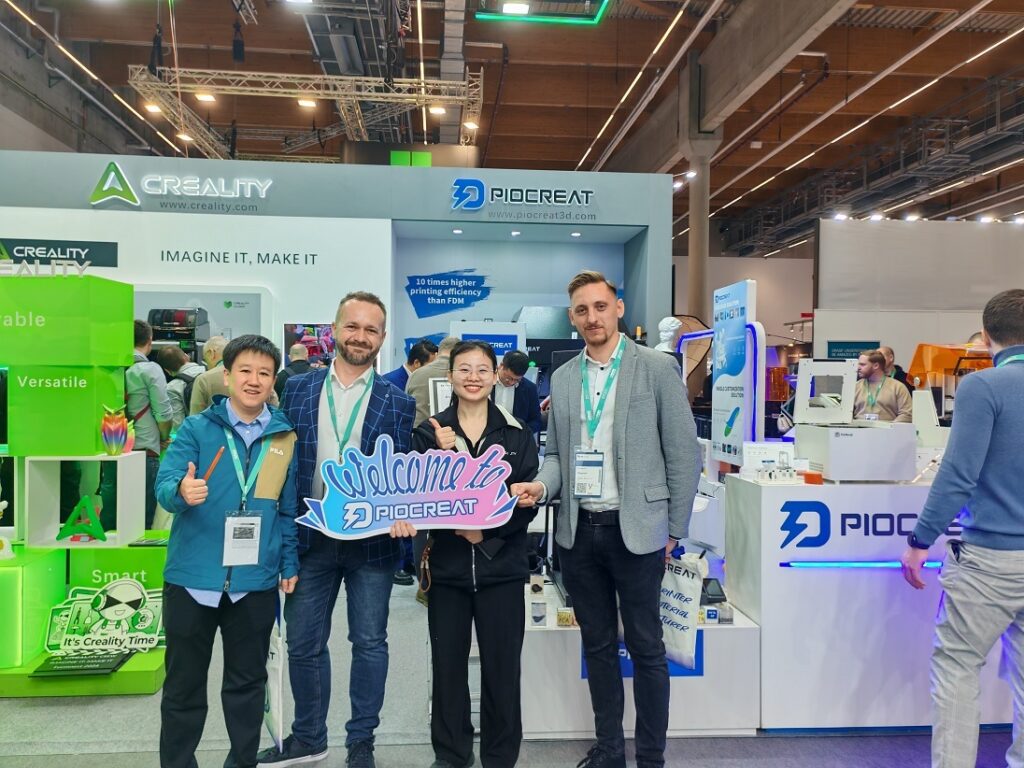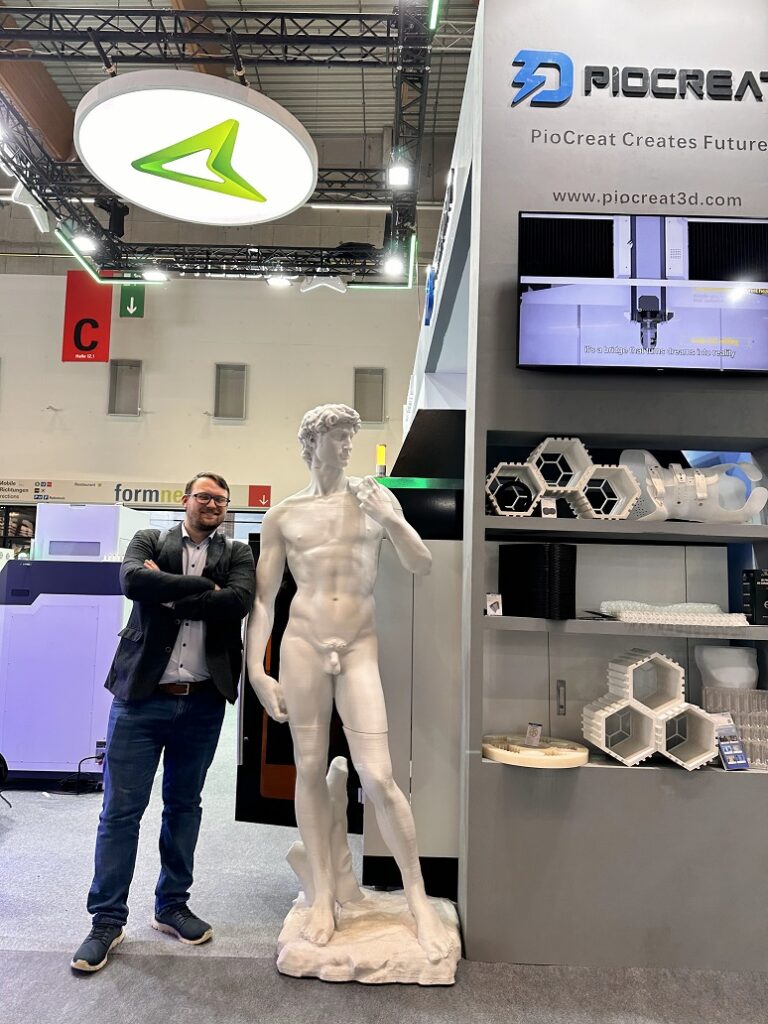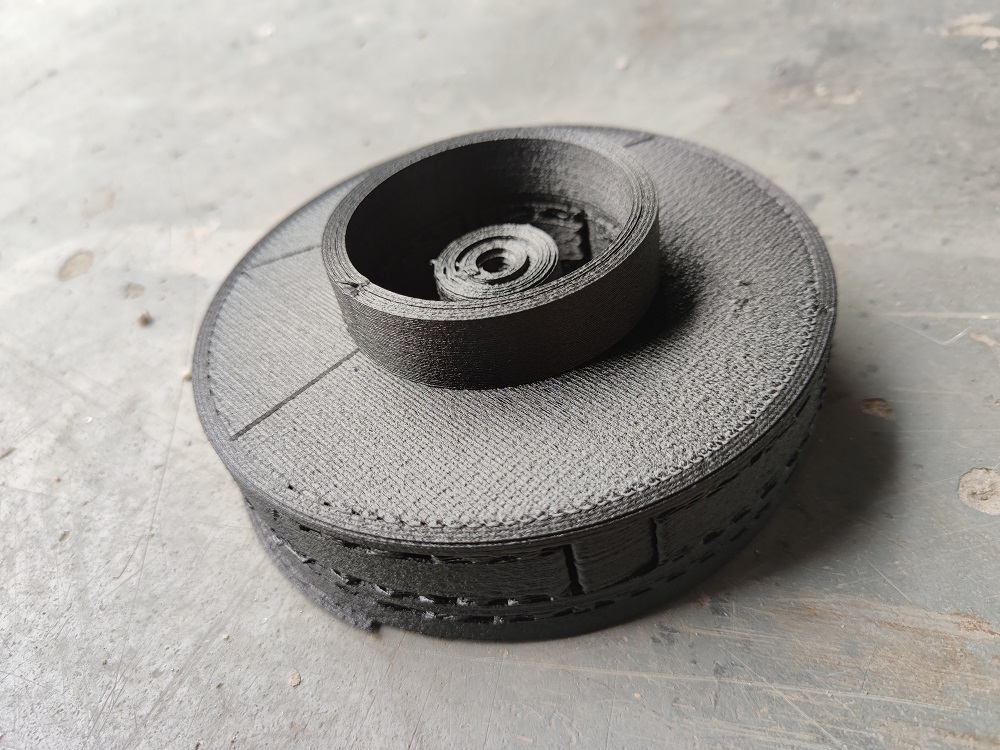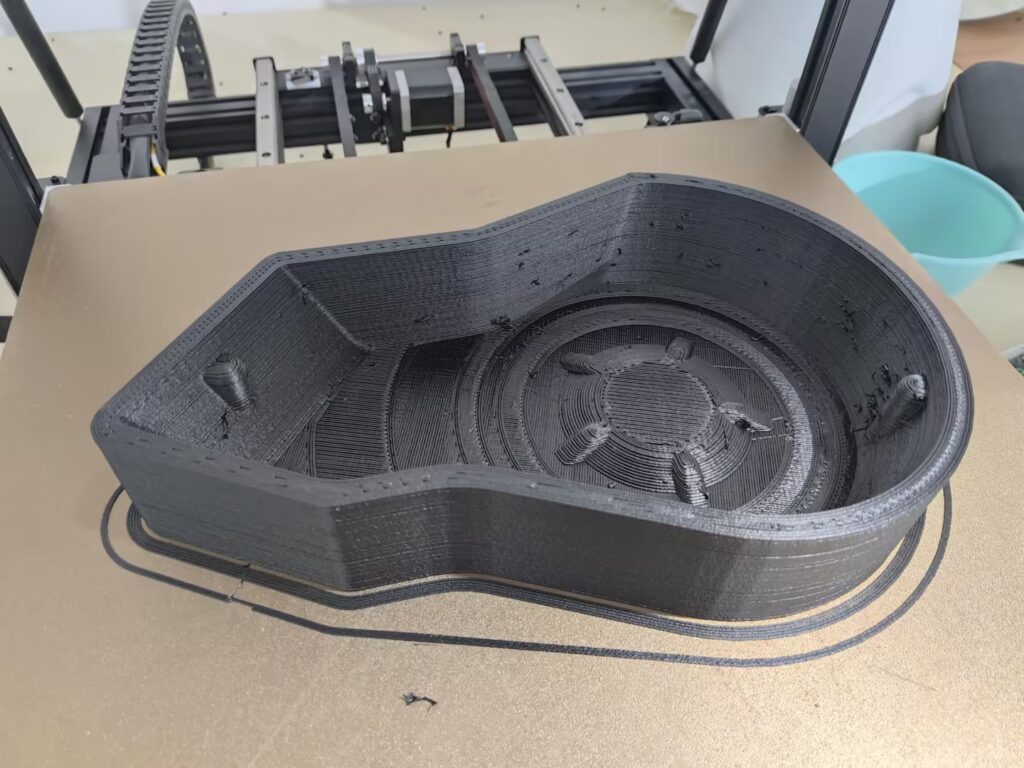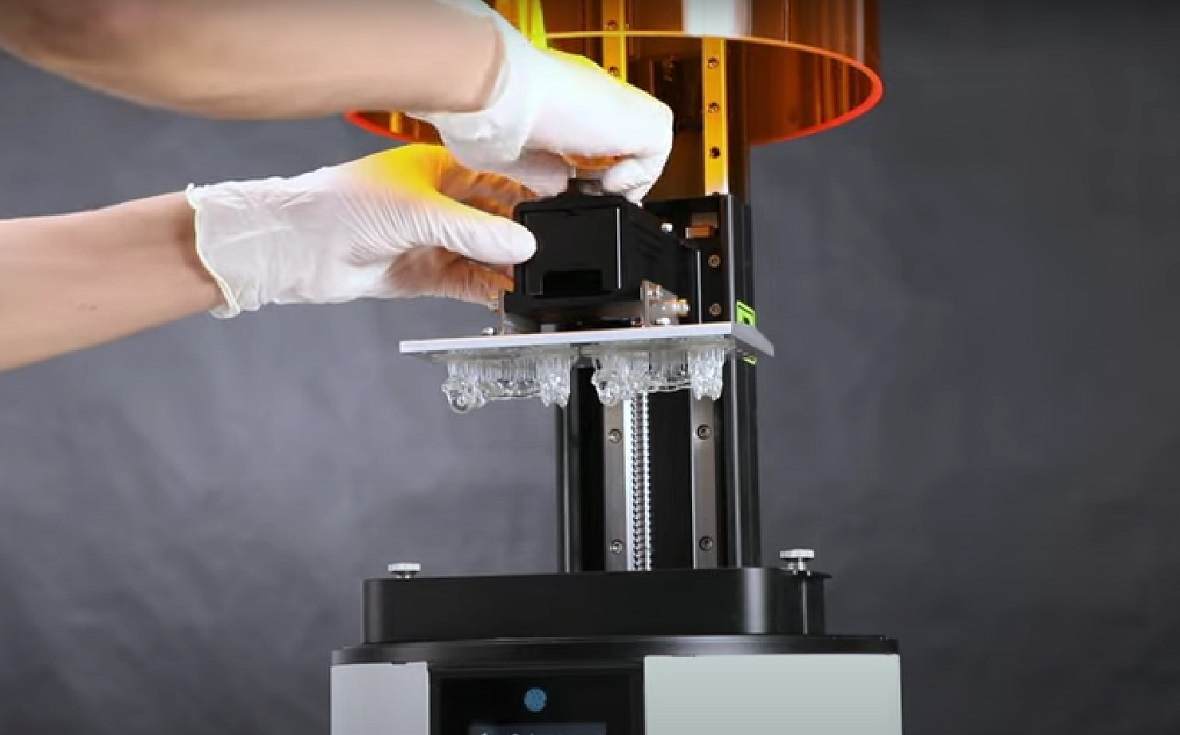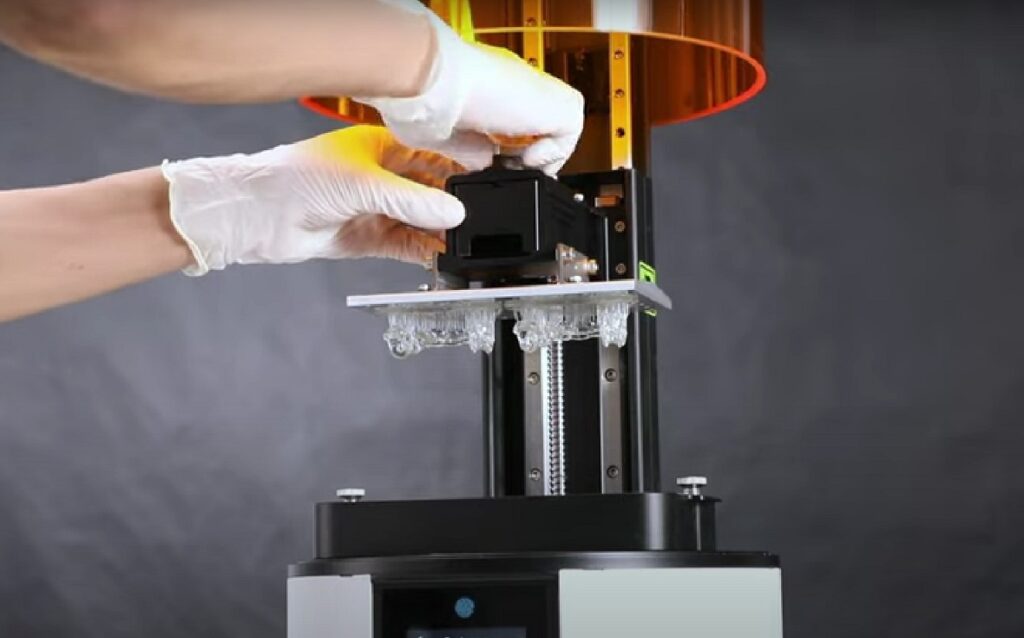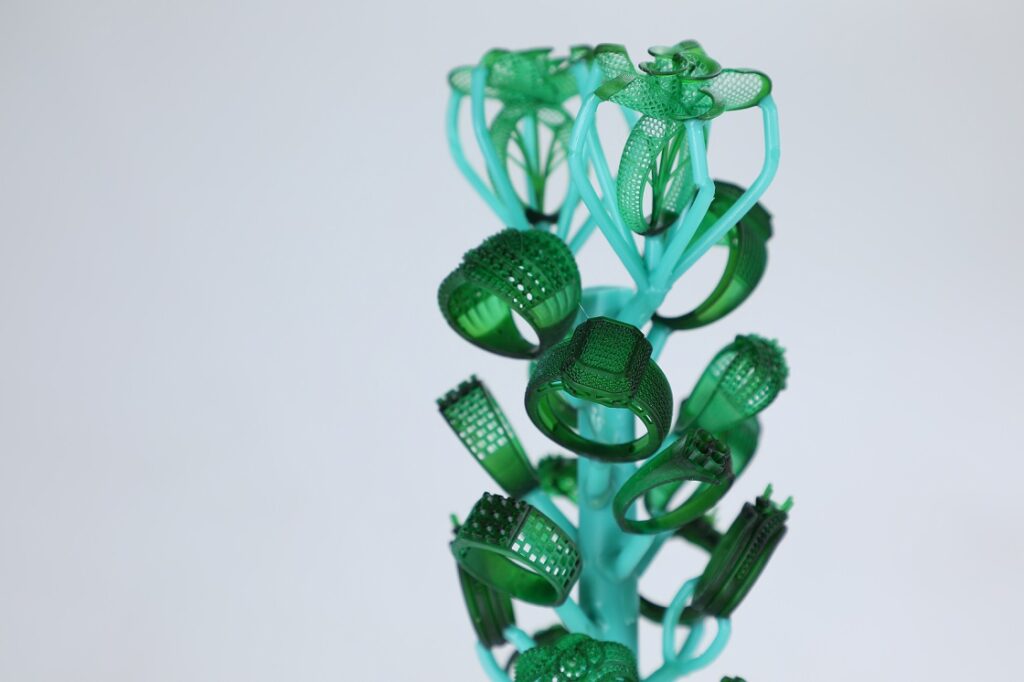PioCreat & PioNext to Unveil Exciting Innovations at CIOSP 2025
piocreat3d
on
December 17, 2024
We are thrilled to announce that Piocreat will be participating in the 42nd Congresso Internacional de Odontologia de São Paulo (CIOSP), one of the world’s largest dental congresses, taking place from January 22 to 25, 2025 at Expo Center Norte in São Paulo, Brazil.
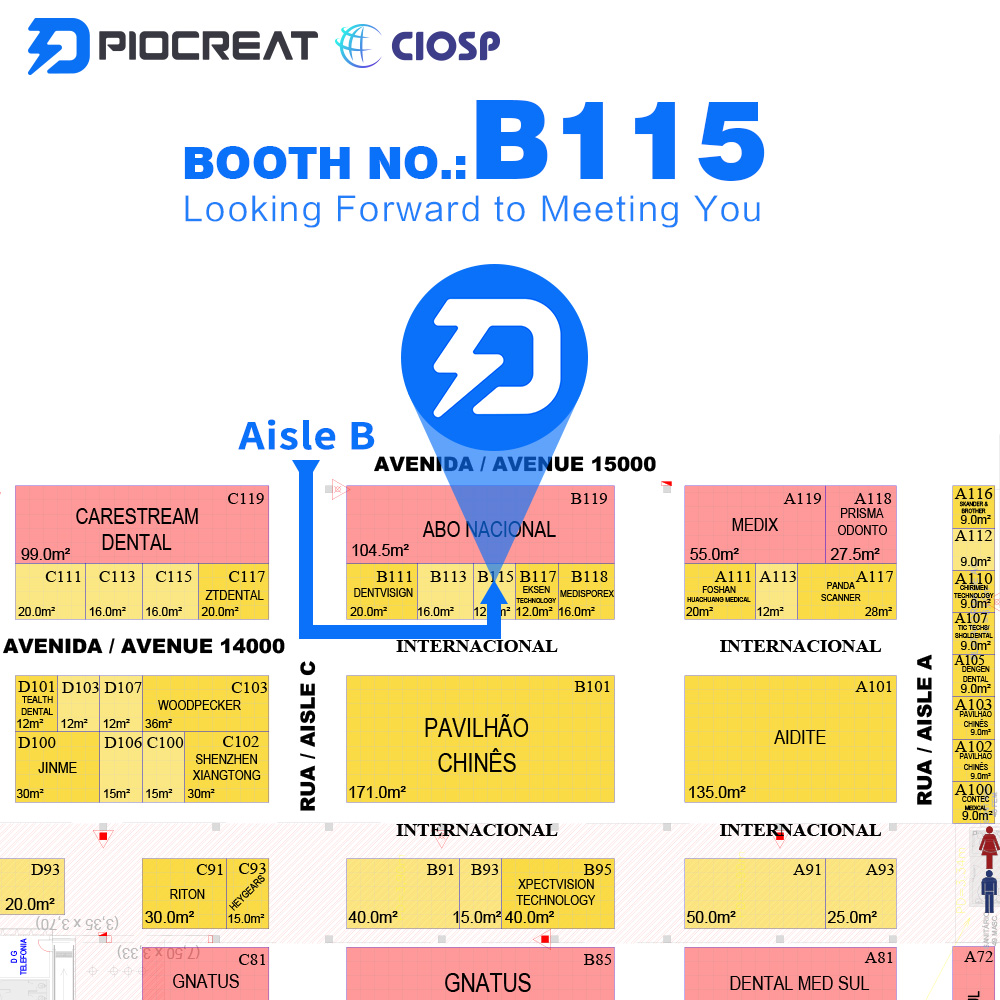
Experience the Future of Dentistry with Piocreat
At CIOSP 2025, Piocreat will showcase its state-of-the-art Dental 3D Printing Solutions, designed to empower dental professionals with fast, accurate, and cost-effective production tools. Our solutions streamline workflows, reduce labor, and enhance patient outcomes, making digital dentistry more accessible than ever.
On Display at Our Booth
3D Printers:
Experience our flagship models, including the DJ89PLUS, D158, DJ68, and C01, offering unmatched speed, precision, and reliability for dentists, orthodontists, and dental labs. These printers simplify the production of orthodontic models, surgical guides, and other dental appliances, outpacing traditional methods in both quality and efficiency.Advanced Dental Resins:
Explore our portfolio of specialized dental resins tailored for various applications. Our resins deliver superior robustness, minimal shrinkage, biocompatibility, and resistance to wear, ensuring long-lasting and high-performance dental products.Post-Processing Solutions:
- UV02 UV Curing Machine: Featuring controlled light technology, the UV02 ensures perfect curing in just 1-5 minutes, optimizing workflow efficiency.
- CW01 Washing and Curing Machine: A versatile 2-in-1 solution combining cleaning and curing processes into a single device to simplify post-printing operations.
About CIOSP 2025
The 42nd CIOSP is a premier event that brings together dental professionals, innovators, and thought leaders from around the globe. Attendees can participate in over 200 expert-led scientific sessions, hands-on workshops, and immersive courses covering key topics such as esthetics, endodontics, and digital technologies.
CIOSP is not only a hub for knowledge-sharing but also a gateway to discovering groundbreaking innovations shaping the future of dentistry.
Join Us in Shaping the Future of Digital Dentistry
Piocreat is committed to driving innovation and excellence in the dental industry. Whether you’re a dentist, orthodontist, or dental lab professional, we invite you to explore the transformative potential of our Dental 3D Printing Solutions at CIOSP 2025.
🔹 Mark Your Calendars: January 22-25, 2025
🔹 Booth Location: B115, Expo Center Norte, São Paulo
Don’t miss this chance to engage with industry leaders, discover the latest advancements in dental 3D printing, and take your practice to the next level!


